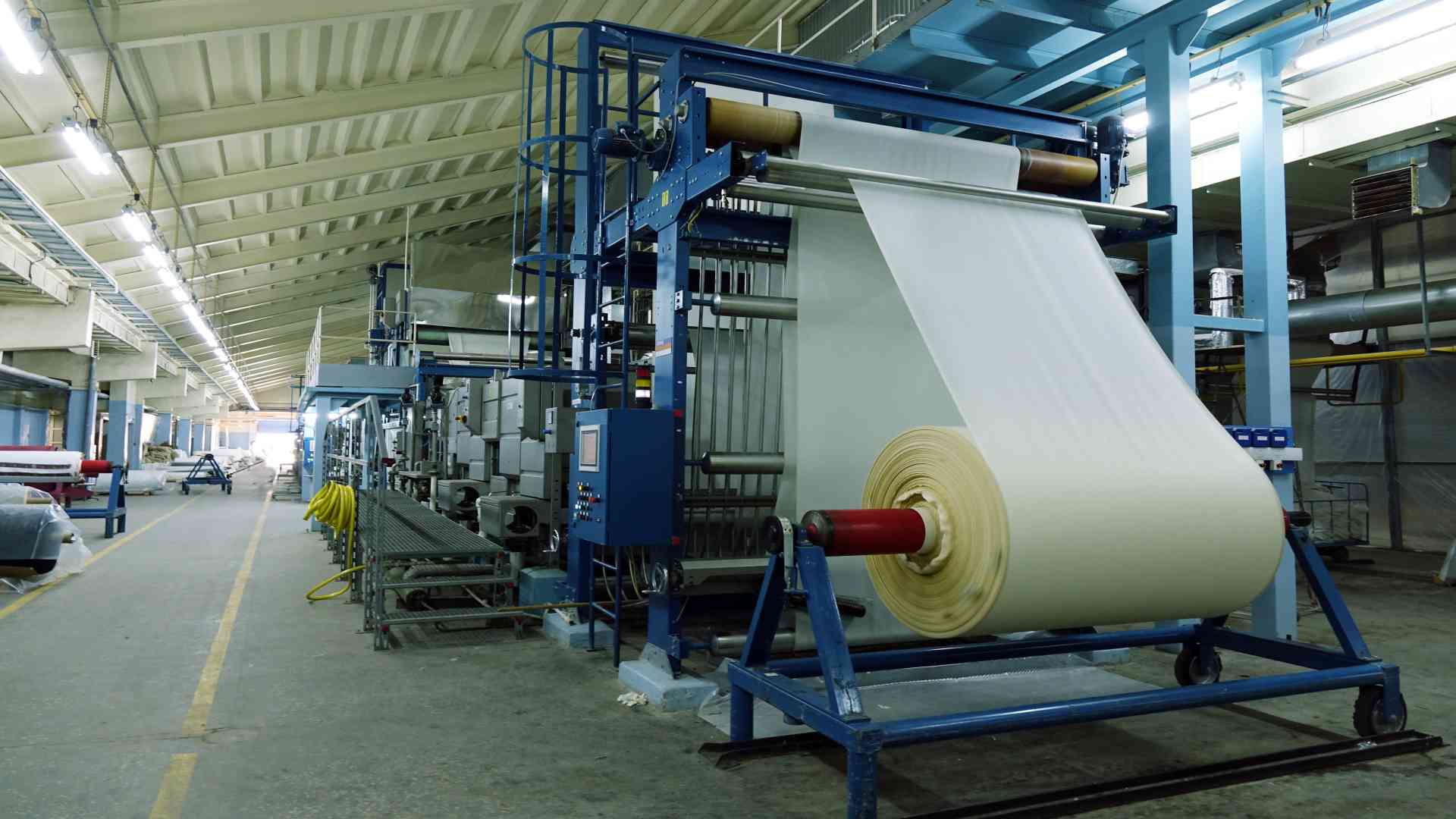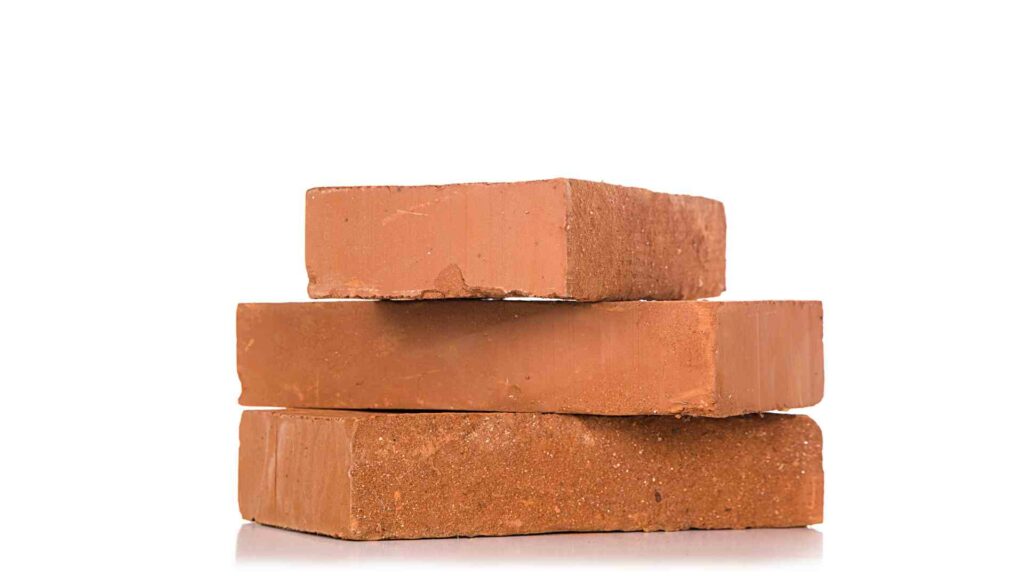How the Textile Industry is Changing with Boron
Boron works wonders in the textile industry, endowing fabrics with a range of protective properties. It renders them flame retardant while also adding an anti-bacterial barrier to help keep bacteria and microorganisms away, making fabric truly safeguarded against everyday hazards.

Textile Industry
Boron Compounds in the Textile Industry
The textile industry is upping the stakes, turning to boron compounds for their flame-retardant properties and eye-catching aesthetics. These compounds also help create a more vibrant color when dyeing, making fabric stand out.
Boric acid and sodium perborate are often used as fixing agents in the dyeing process for this purpose. These compounds also improve fabric strength by increasing its abrasion resistance, preventing it from tearing or fraying over time. Finally, boron compounds can enhance textiles’ water repellency by improving their surface characteristics.
This is especially advantageous for outdoor apparel that needs to withstand harsh weather conditions without losing its shape or color.
Sodium borohydride is used in bleaching applications in the textile industry. This compound can be used to decolorize or whiten natural and synthetic fibers, thus allowing dyeing processes to start with a blank canvas.
Additionally, its ability to bind with heavy metals makes it helpful in removing these elements from wastewater used in the manufacturing process. This prevents environmental damage and helps maintain hygiene standards throughout the industry.
Ideal Properties of Boron Compounds for the Textile Industry
Boron is an essential element in the Earth’s crust with many useful applications. From flame retardants and corrosion inhibitors to lubricants and colorants, boron compounds are known for strengthening various materials, such as textiles, making them more durable. Let’s take a look at various properties of using boron/boron compounds in textiles.
1. Flame Retardant
The textile industry has long been utilizing the flame retardancy benefits of boron compounds, such as boric acid, borax, and zinc borate, to improve the quality of cotton fabrics. When used in small amounts, these compounds are highly effective in providing flame retardant properties to cellulosic materials and nitrogen.
The results from studies that tested different ratios of these compounds (5%, 7.5%, 10%) on a flame retardant chemical named Alfa-X showed that the fabric treated was able to achieve remarkable levels of flame retardancy.
These properties make boron compounds a valuable resource in the textile industry, offering adequate flame retardancy while being affordable and easy to use. Their efficiency in improving the flame retardancy of fabrics will continue to be highly beneficial for both businesses and consumers.
2. Anti-Bacterial
Boron and boron compounds have excellent antimicrobial and antiviral capabilities, making them a great choice for fabrics meant to be used on a daily basis. Textiles modified with sodium pentaborate pentahydrate and triclosan solution were tested against different microorganisms, including bacteria, fungi, and molds.
The results showed that these modified textiles had increased levels of antimicrobial protection compared to untreated ones.
This makes them an optimal choice for protective clothing, as well as home furnishings such as curtains or bedding. It is easy to see why boron compounds have become such a popular choice for the textile industry.
Their combination of antimicrobial and flame retardant properties makes them an ideal solution for a wide variety of applications.
3. Dyeing process
Boron compounds have multiple beneficial uses in the textile industry, notably as bleaching agents and dye-fixing agents. Due to its strong oxidizing properties, sodium perborate is an effective agent for whitening fabrics like wool, cotton, rayon, linen, etc..
In a study, sodium borohydride was used instead of sodium dithionite during the dyeing of cotton with indigo – the results demonstrated excellent color fastness and satisfactory quality in the final dyed fabric.
The use of boron compounds also helps reduce pollution levels caused by traditional bleaching methods. Thus, boron compounds are an invaluable part of this industry, helping to create high-quality fabrics with minimal environmental impact.
Boron is Reshaping the Textile Industry
Boron exhibits characteristics that make it key in the textile industry. From reducing and bleaching fabrics to acting as a flame retardant, these compounds play an integral role in the textile process.
Additionally, boron’s anti-bacterial properties make it a desirable compound for many manufacturers. While more research is needed on how best to utilize boron in this industry, there is no doubt that this element can significantly impact the quality of finished products.





